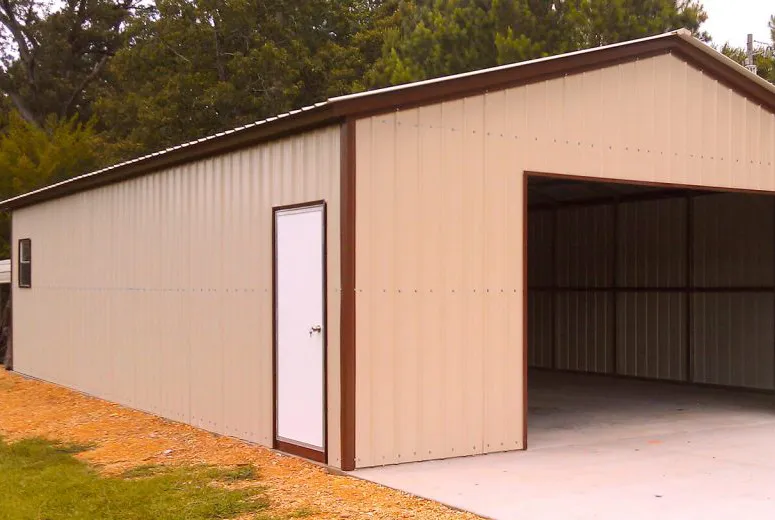- Afrikaans
- Albanian
- Amharic
- Arabic
- Armenian
- Azerbaijani
- Basque
- Belarusian
- Bengali
- Bosnian
- Bulgarian
- Catalan
- Cebuano
- Corsican
- Croatian
- Czech
- Danish
- Dutch
- English
- Esperanto
- Estonian
- Finnish
- French
- Frisian
- Galician
- Georgian
- German
- Greek
- Gujarati
- Haitian Creole
- hausa
- hawaiian
- Hebrew
- Hindi
- Miao
- Hungarian
- Icelandic
- igbo
- Indonesian
- irish
- Italian
- Japanese
- Javanese
- Kannada
- kazakh
- Khmer
- Rwandese
- Korean
- Kurdish
- Kyrgyz
- Lao
- Latin
- Latvian
- Lithuanian
- Luxembourgish
- Macedonian
- Malgashi
- Malay
- Malayalam
- Maltese
- Maori
- Marathi
- Mongolian
- Myanmar
- Nepali
- Norwegian
- Norwegian
- Occitan
- Pashto
- Persian
- Polish
- Portuguese
- Punjabi
- Romanian
- Russian
- Samoan
- Scottish Gaelic
- Serbian
- Sesotho
- Shona
- Sindhi
- Sinhala
- Slovak
- Slovenian
- Somali
- Spanish
- Sundanese
- Swahili
- Swedish
- Tagalog
- Tajik
- Tamil
- Tatar
- Telugu
- Thai
- Turkish
- Turkmen
- Ukrainian
- Urdu
- Uighur
- Uzbek
- Vietnamese
- Welsh
- Bantu
- Yiddish
- Yoruba
- Zulu
Oct . 05, 2024 15:18 Back to list
The Cost of Prefab Warehouses An In-Depth Analysis
In recent years, the demand for prefab warehouses has seen a significant increase, driven by the need for cost-effective and efficient storage solutions. Prefabricated buildings offer numerous advantages over traditional construction, including shorter build times, reduced labor costs, and minimized material waste. However, understanding the overall cost associated with prefab warehouses is crucial for businesses considering this investment.
Understanding Prefab Warehousing
Prefab warehouses are constructed using pre-manufactured components that are assembled on-site. This method streamlines the construction process, dramatically reducing the time required for completion. Traditional warehouse construction can take months or even years, whereas a prefab warehouse can often be erected in a matter of weeks. This efficiency not only saves time but also allows businesses to start operations sooner, potentially leading to increased revenue.
Cost Considerations
When discussing the cost of prefab warehouses, several factors come into play. Firstly, the initial investment includes the price of materials, labor for assembly, and transportation of pre-built components. While the upfront cost of prefab warehouses can be lower than that of traditional buildings, it is essential to consider ongoing expenses such as maintenance, insurance, and utilities.
prefab warehouse cost

The average cost of a prefab warehouse can range significantly based on size, design, and the materials used. For instance, a basic structure of around 10,000 square feet may cost between $50 to $100 per square foot, while customized designs or larger facilities can exceed this range. It is crucial for businesses to conduct comprehensive cost analyses, taking into account not only immediate costs but also potential long-term savings.
Long-Term Savings
One of the essential benefits of investing in prefab warehouses is the potential for long-term savings. The efficiency of the construction process means that businesses can save on labor costs and reduce the risk of delays that may lead to financial losses. Additionally, prefab warehouses are often designed with energy efficiency in mind, which can lead to significant savings on utility bills over time.
Moreover, the adaptability of prefab warehouses allows companies to expand or modify their facilities as their needs change, leading to further cost efficiencies. Unlike traditional buildings, which can be prohibitively expensive to renovate or extend, prefab structures can be updated or resized with relatively lower expenses.
Conclusion
In summary, while the initial cost of prefab warehouses can be a decisive factor, businesses should also consider the long-term advantages and savings associated with this construction method. With the ability to analyze costs thoroughly and recognize potential financial benefits in the long run, companies can make informed decisions that align with their operational goals. As the demand for efficient storage solutions continues to grow, prefab warehouses represent a compelling alternative that offers not only cost efficiency but also flexibility and speed in construction—a combination that is hard to overlook in today’s fast-paced market environment.
-
How Do Prefabricated Steel Structures Transform Modern Construction?
NewsJul.14,2025
-
How Do Prefabricated Metal Buildings Redefine Modern Construction?
NewsJul.14,2025
-
How Do Prefab Insulated Metal Buildings and Steel Structures Revolutionize Modern Construction?
NewsJul.14,2025
-
How Do Pre - Engineered Steel Structures Redefine Modern Construction?
NewsJul.14,2025
-
Advancing Modular Construction with Prefabricated Metal Structures
NewsJul.14,2025
-
Advancing Industrial Infrastructure with Prefabricated Steel Solutions
NewsJul.14,2025
Products categories
Our Latest News
We have a professional design team and an excellent production and construction team.












